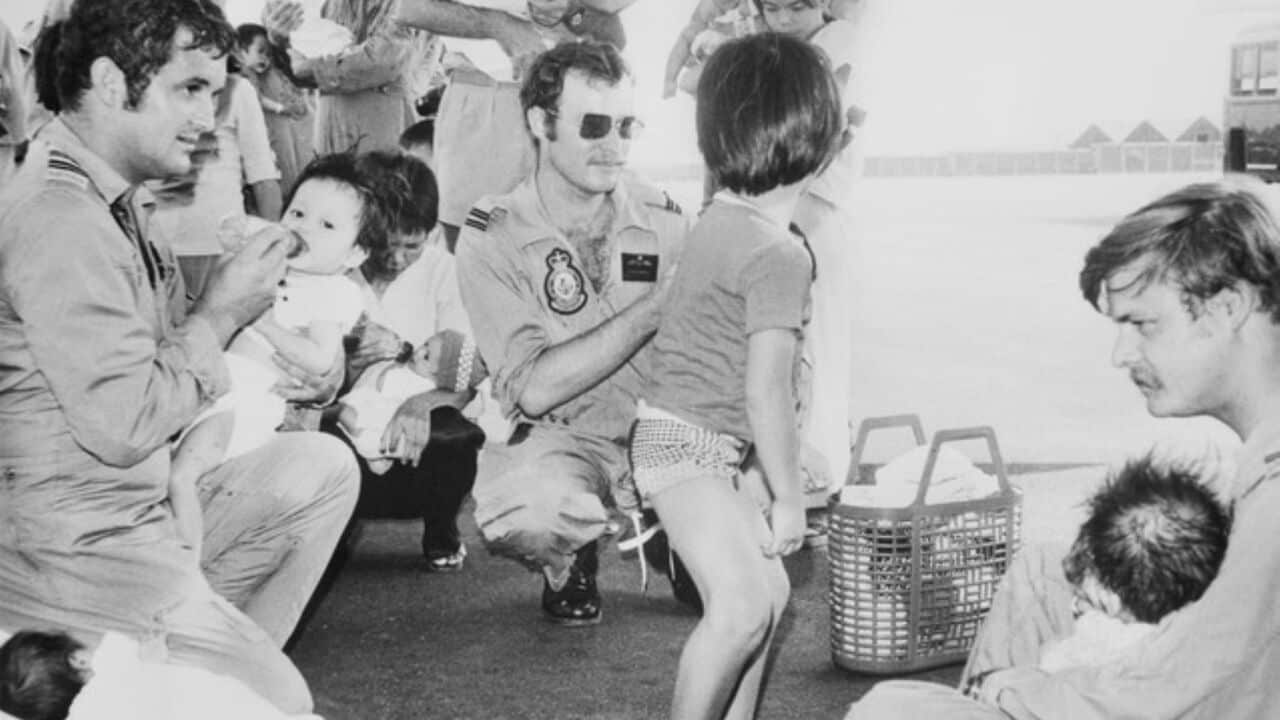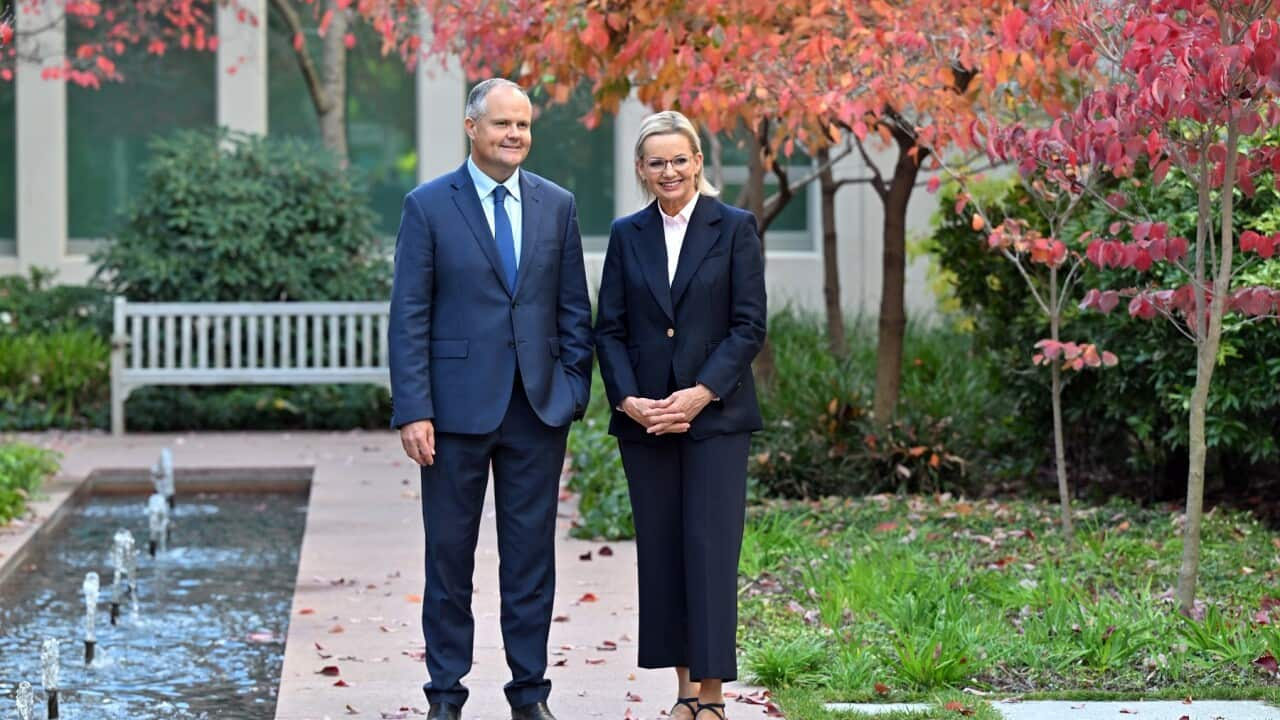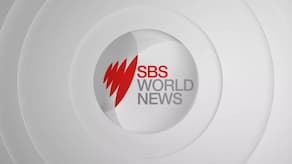TRANSCRIPT:
In April 1975, panic had gripped southern Vietnam.
Thousands were trying to flee as the North Vietnamese forces drew closer to victory.
Amid the chaos that preceded the fall of Saigon, a mission was underway: dubbed Operation Babylift.
Around three thousand children were airlifted out, 281 bound for Australia, with the youngest placed on board the flight in cardboard boxes.
Hope Lynch was one of them.
"Well I've seen photos and, yes, I've been told that I was also in a shoe box. Lots of tiny shoeboxes all in a row, and that's how we came."
Ms Lynch was meant to go to America, but she was too sick for the long journey.
"I had pneumonia, salmonella, osteomyelitis, they thought that my right arm may have been paralysed and withered, and not be able to be used."
She'd been nicknamed Hy Vong – Vietnamese for 'hope' – and that was the name kept by her adoptive Australian family who helped piece together the first months of her life through fragmented accounts.
"Just before the fall of Saigon there was a group of nurses in a van that would go around the Mekong Delta knowing that there were people that were going to possibly put their children there in the hope that they would be found and taken to an orphanage. I believe that's what happened to me."
Suanne Prager was also part of Operation Babylift.
She has always wanted to find out why.
"We were probably sure that my mother had loved me. There had been a war and we imagined, my mum imagined, that no one had meant to get separated by war, from their child."
After years of searching, Ms Prager found her birth mother in Vietnam.
"She looked under at the scar under my left eye and squeezed my cheeks. She said 'I just know you are my daughter'. In the photos and footage of me, I'm just smiling, I'm just smiling. I'm filled with joy because, for myself, I know that over the years I had cried myself to sleep wondering if I would ever know my origins, but also my Vietnamese mother. Just to know what she went through and was she okay as well."
Ms Prager's biological mother passed away earlier this year, but their emotional reunion in 2007 helped her piece together her beginnings.
"I was born in 1971 to an American serviceman father. According to what my Vietnamese mum says, that endangered possibly me, possibly the whole family. By April 1975, I think her mother in particular and even her siblings were really pressuring her to give me up."
Ms Prager was on the second babylift on the 17th of April in 1975.
She was three years old when she was photographed waiting to board the flight – barefoot on the hot tarmac, wearing a pale green singlet, a nappy, with a red cross tag hanging from her tiny wrist.
She and dozens of other children were placed on a Royal Australian Air Force C-130 Hercules to Bangkok, before a commercial Qantas flight to Australia.
RAAF Flight Lieutenant Ian Frame photographed Ms Prager as he and fellow pilots cared for the children ahead of the flight - and decades later Suanne and Ian reunited.
"It was just really, really exciting to meet someone who had brought me to Australia. Ian told me that they were basically told 'We will need to feed them, change the nappies, hydrate them,' you know. I think we're all on the tarmac for a couple of hours and that's what led to Ian happening to take that photo of me on the tarmac."
Next to Mr Frame in the photo – one of the most iconic of Operation Babylift – was Flight Lieutenant Hugh Howell.
For 50 years, Mr Howell preserved his pilot's logbook, which shows the babylift flight from Saigon to Bangkok recorded on 17 April.
"The babies who were in cardboard boxes, we didn't have the centre seating up in the aircraft. We put them in a line of boxes down the centre of the aircraft. I think they were sort of side-by-side, and then we just put a cargo strap over the top to hold them in. We did our job and we're proud of doing that part."
Mr Howell also had an emotional reunion with another babylift adoptee – Dominic Golding.
Though Mr Golding doesn't remember the flight – being only four months old at the time – he immortalised Operation Babylift on his skin in the form of a tattoo during his first adoptee reunion in Vietnam.
"One night in the hotel room decided to draw my tattoo, which is just the number 75 and the aircraft. A whole bunch of adoptees came with me and for some weird reason they all decided to get the same tattoo as well.
Mr Golding also uncovered his origins through documents, stories and trips to his birth country.
"I was apparently found outside a burning building in Cherlon which is the Chinese district or Chinatown of Saigon, hence why I've got a hearing loss. I was placed in a temple. That's where the doctors found me, and then I was placed into world vision for evacuation."
For the 30th anniversary, SBS aired a documentary called 'Operation Babylift' that was produced by Vietnamese refugee Dai Le – now the independent federal M-P for Fowler in western Sydney.
At seven years old, she fled Vietnam with her family in April 1975, and spent four years in refugee camps in the Philippines and Hong Kong before settling in Australia.
"This group of young people, or adoptees, really left Vietnam around the same time that I did, but they had another layer of trauma and that was the fact that there were a lot of them were half Vietnamese, which is Amerasians. Either black Amerasians or white. They came to Australia at the time of the White Australia Policy. They were adopted into families that were predominantly white, Anglo-Australians."
Challenges with racism, identity and belonging were common experiences for refugees and adoptees.
Dr Indigo Willing was also adopted from Vietnam, three years before Operation Babylift, and her pioneering research has shed light on the complex legacy of post-war inter-country adoption.
"Some of the findings that really were quite sad is the isolation and loneliness that a lot of the Vietnamese adoptees felt growing up. Not knowing other Vietnamese people, even if it was adoptees, and then this double blow, when they did find Vietnamese people, that they didn't connect with because they didn't know the language or the culture necessarily. So it was sort of like a double loneliness."
As the first inter-country adoptee to complete a master’s thesis on adoption from Vietnam, Dr Willing went on to found Adopted Vietnamese International, a global network connecting Vietnamese adoptees around the world.
She says Operation Babylift represents thousands of journeys that forged a diverse and thriving adoptee community, with their stories woven into the fabric of the Vietnam War and Australian history.
But Dr Willing also hopes to see greater recognition of Operation Babylift's complexities and controversies.
"We can't frame this as a simple act of humanitarian rescue or a story of rags to riches. It's not a fairy tale. It's a typical migrant journey with complications and a lot of unrecognised trauma, and a lot of re-adjustment that there weren't resources for when we were growing up."













